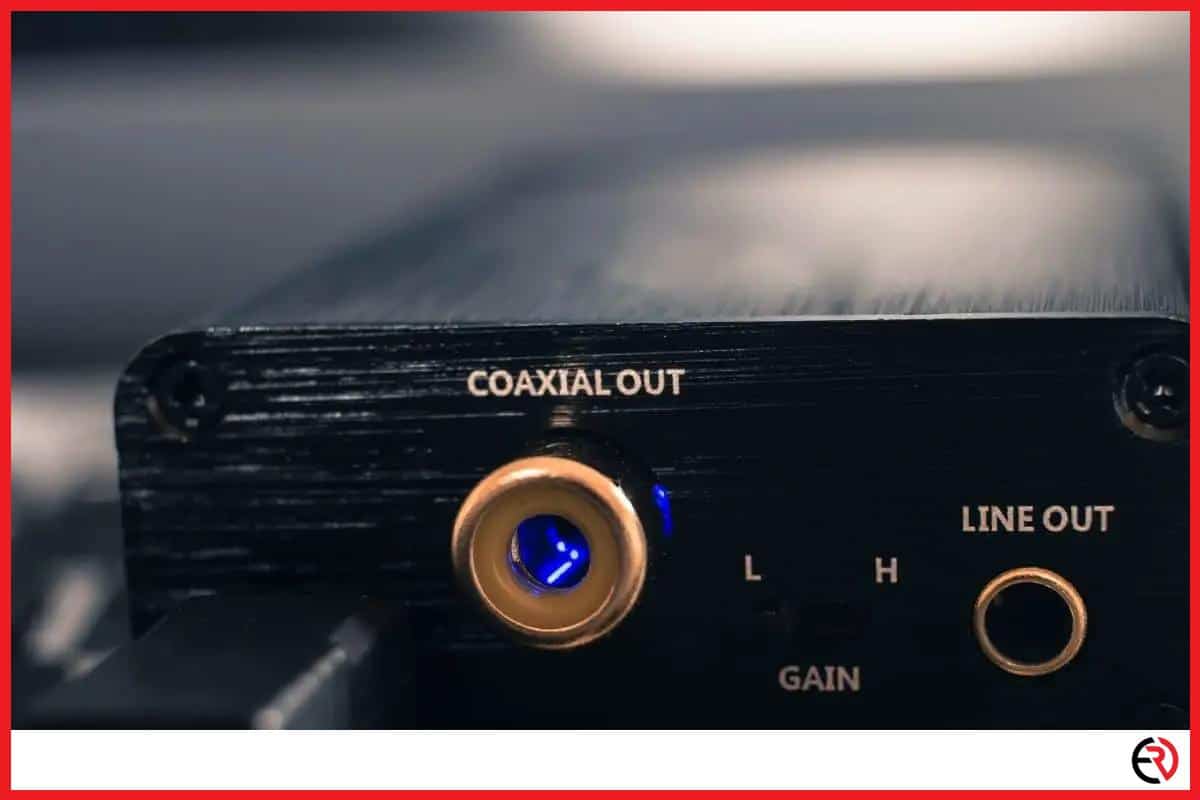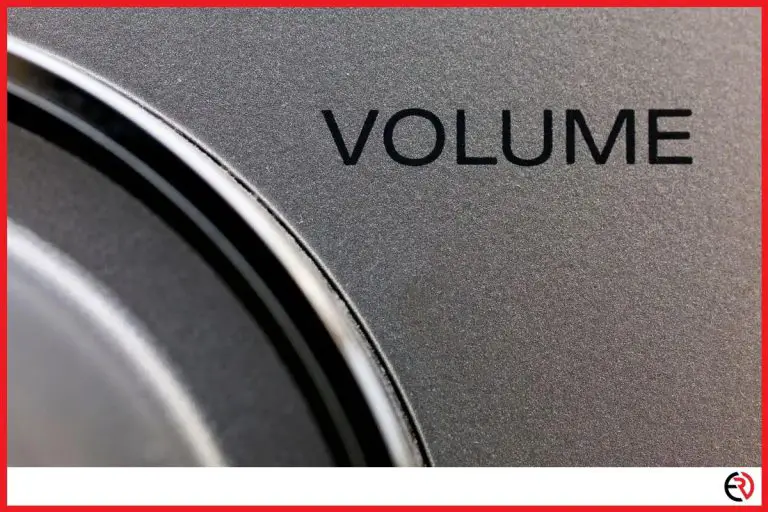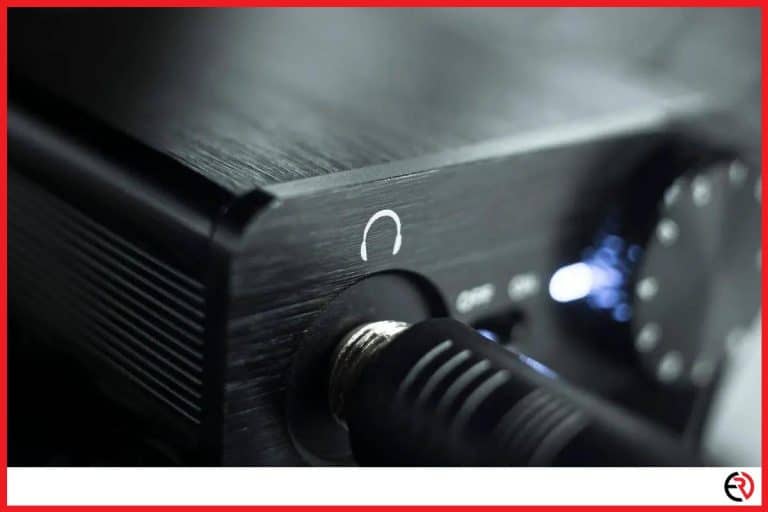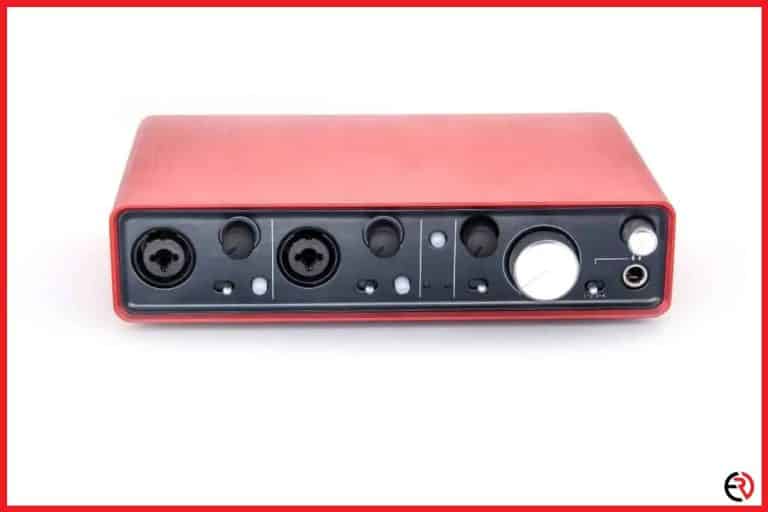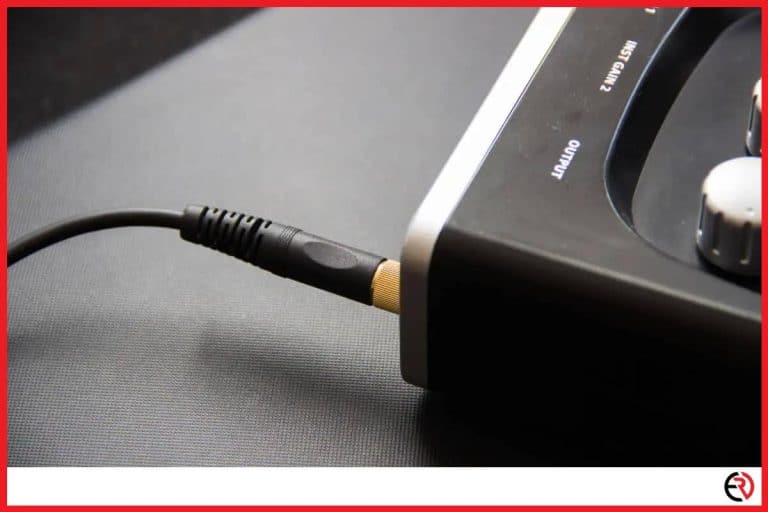Do All Headphone Amps Sound The Same? (They should, but..)
This post may contain affiliate links which means that, if you choose to make a purchase, I may earn a small commission at no extra cost to you.
Have you bought a pair of high-end headphones and notice that the volume is a bit low? Then you might need a headphone amp to “amp” things up.
But are there any difference in sound quality for the different headphone amps, or do the all sound the same?
They should sound the same, but they don’t. If a headphone amp is designed to meet certain requirements, it will sound the same as another that meets those requirements. But this isn’t always the case, particularly with tube amps, which usually distort whatever signal is passed through it.
Before diving into a detailed explanation let’s go through some basic things about headphone amps.
What Does A Headphone Amp Do?
The simple answer to this question is that they help get your headphones to perform at their best. But what does that really mean? Most of the audio files we listen to are distributed in digital formats(MP3, AAC, OGG, etc). They’re much easier to store and share than analog.
The problem is that speakers are powered by analog signals, hence the digital signals from the audio files need to be converted before we can hear them through a speaker. This is the function of a DAC(digital-analog converter).
Check out this post about the difference between a DAC and an amp.
When a DAC converts the digital signal to analog, the resulting analog signal is a low voltage signal and needs to be amplified before it can power a speaker. Most if not all portable audio players like your smartphone or an iPod come with these two things inbuilt; a DAC and an amplifier.
So, what then is the purpose of a headphone amp? Well, normally, most of the headphones made in recent years can be powered easily by portable devices like your laptop or phone. Those headphones are high-sensitivity low-impedance headphones and do not require much voltage to power them.
Impedance is the resistance to the flow of current. The lower the impedance, the less voltage required to overcome the resistance and vice versa
Most high-performance headphones aren’t low-impedance though. They tend to have more coil windings for better and more dynamic sound and hence have a high-impedance, this makes it difficult for portable devices like phones to power them well enough. This is where a headphone amp comes in.
By passing the audio output from your audio source to a headphone amp, the voltage level of the audio signal is sufficiently amplified to power the high-impedance headphone, making it sound as loud and as good as it was designed to sound.
When Should You Use A Headphone Amp?
Perhaps we should start with when you wouldn’t need one. Most of the headphones manufactured nowadays are low-impedance high-sensitivity headphones and do not need the help of a headphone amp to sound its best. Using one with it would have no significant difference and could even end up distorting the sound.
You also don’t need a headphone amp with Bluetooth headphones. Aside from the question of how you’d connect to it, Bluetooth headphones have a dedicated power source and an amplifier that does a decent job.
Perhaps the only time you’d need a headphone amp is when working with high-impedance headphones. Without them, the headphones can’t reach their maximum potential when powered by portable devices like your smartphone and PC.
To know a high-impedance headphone, check for the spec on the platform you’re purchasing it, or on the packaging of the headphone. They usually have impedances greater than 100 ohms.
You can also use a headphone amp if you want to connect multiple headphones to a source.
Is There Any Difference In Sound Quality With Different Amps?
Audiophiles are probably familiar with this discussion. It’s one that keeps coming up, especially when someone wants to get a new headphone amp, and asks for advice on a forum.
The purpose of a headphone amp is to amplify the voltage from a sound source, nothing more, nothing less. To paraphrase nobody8008′s comment in this Reddit thread, when two headphone amps are developed to have;
- inaudibly low noise
- inaudibly low distortion at the required power and current level
- output impedance (impedance of the headphone amp) <⅛ of the headphone impedance at all frequencies
- enough voltage to power the headphone to an acceptable volume level
- inaudibly low channel imbalance
- a flat frequency response
- little or no overshoot or ringing regardless of load
- decent phase response,
If the headphone amps meet these requirements, they would sound the same with the same headphone. But naturally, not all headphone amps can meet those requirements. Some are made more cheaply than others and tend to be of low quality. This is a rare occurrence though as headphone amps have become very easy to design and manufacture properly.
Some amps could also have output impedances greater than ⅛ of the headphones they’re connected to, thereby lowering the damping factor, and causing distortions in the audio output.
When people talk about headphone amps, they’re usually referring to solid-state amps. Another type of amp is a tube amp. Tube amps are amplifiers that make use of vacuum tubes for voltage amplification. Tube amps are perhaps the main reason why headphone amps could be said to sound different.
Tube amps add distortion to the audio signals they receive. In theory, this probably sounds like a bad thing. But these distortions tend to make the resulting audio from the headphones euphonic. It gives the sound a warm and smooth quality. This article explains better how they work and why they might sound better.
So to answer the question, yes, there is a difference in sound quality, but it’s only really noticeable when using tube amps. Asides from this, people only notice “differences” between amps due to the placebo effect. Perhaps a friend has told them a particular amp sounds much better than one they had, or they perceive a more expensive amp to be of better quality than a cheaper one, and hence should sound better. It doesn’t, that’s just an illusion.
Now that we have settled that, let’s check out budget and high-end headphone amps you can purchase for your headphones.
Recommended Headphone Amps
Headphone amps come in various shapes and sizes. The way you plan on using it, and the sound source you will connect to it will determine what type of headphone amp will suit you. There are headphone amps that only work with laptops. Some work with mobile phones only.
Some are portable, others are too heavy or big to move around. Also, some headphone amps come with a DAC. Whatever your preference is, there are headphone amps in various price ranges for you. Let start with budget amps.
Budget Solid-State Amp – Schiit Magni 3
The Schiit Magni 3 is a very minimalist looking headphone amplifier. It is compact and well built. It comes with analog volume control, switchable gain, and can power headphones with impedances between 16-200 ohms. It also has a very low THD (0.001% at 1V RMS). The amplifier does a good job of delivering undistorted sound because of its low THD.
High-End Solid-State Amp – Chord Dave
The Chord Dave is one of the best headphone amps you can buy. It is more of a DAC than a headphone amp, which is how Chord Electronics refers to it. The Chord Dave comes with a lot of bells and whistles, mostly on the DAC’s end. But it also does a perfect job of amplifying your sound source.
You can check out all of its features and technical spec here. Currently, the Dave isn’t available on Amazon, but you can purchase it from the company’s website.
Budget Tube Amp – Little Dot MK2 MKII
If you’re looking to add color to your music and do not have the money to splurge on fancy-looking high-end tube amps, you should check out the Little Dot MK2. It allows you to tune the sound of the amp to your taste using 6JI, WE403A/B, GE5654, M8100, CV4010, EF95 tubes.
High-End Tube Amp – Monolith Liquid Platinum
If you do have money to splurge on a tube amp, you should definitely try out the Monolith Liquid Platinum. This amp is designed by Alex Cavalli, a well-known headphone amp designer. The Monolith combines solid-state circuitry with two tubes to give it the harmonic distortion associated with tube amps.
Conclusion
In the end, it doesn’t really matter which headphone amp you choose if the headphone itself is of inferior quality. A headphone amp can’t improve it. It only amplifies the voltage level of a sound source, with the exception of a tube amp which distorts the sound as well. So before spending money on an amp, make sure your headphone isn’t the problem.

